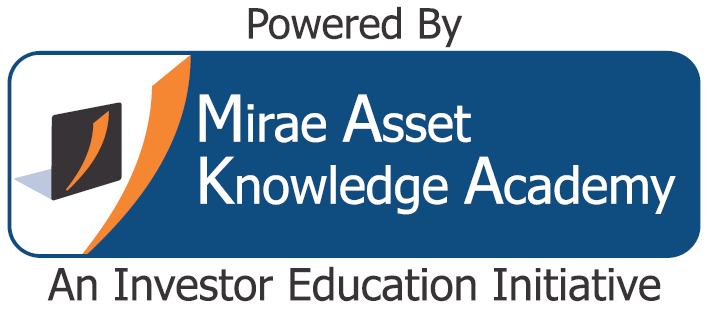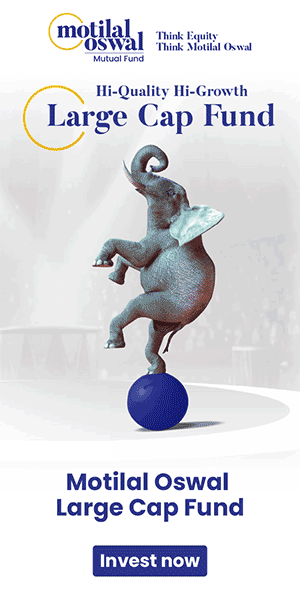Along with bond duration, Yield to Maturity is one of the most important concepts of fixed income investments. Yield to Maturity is the expected annualized return from your bond investment, if you hold the bond till its maturity. The equation for calculating yield to maturity (YTM) is as follows:-
You know how much you paid for the bond. The cash-flows are the coupon payments made by the bond. The last cash-flow will have both coupon and the maturity amount (face value). Since the coupon payments are fixed, you can calculate the yield using the above equation. You can find the YTM of a debt fund portfolio in the fund factsheet. Please note that YTM will change with bond prices – so the YTM of a debt fund will change on a daily basis.
Based on the above equation you can see that higher the bond price, lower will be the YTM and vice versa. It is also intuitive; if you pay a high price for an asset, the returns will be low and vice versa. Bond prices have an inverse relationship with interest rate movements. When interest rate rises, bond prices will fall and YTM will rise. Similarly, when interest rate falls, bond prices will rise and YTM will fall.
In a rising interest rate environment, investors usually prefer short duration funds because they can lock in higher yields (YTM) without much interest rate related volatility with an accrual strategy (hold till maturity); you can also invest the maturity proceeds at even higher yields in a rising interest rate environment. In a falling interest rate environment, long duration funds are in favor because price appreciation will be higher for long duration funds (since price changes are directly related to duration).
Yield to maturity should be one of the most important factors for short term debt investments. Higher the yield to maturity, higher will be your returns. Corporate bonds or non convertible debentures give higher yields than Government Securities. Hence these corporate bond funds or credit risk funds (for investors with higher risk appetite) are recommended when yields are on an upward trend. When yields have peaked and are expected to fall, investors can benefit through capital appreciation. In such an environment, duration strategies are usually favored by investors. However, prudent investors should base their debt fund investments on their investment objectives instead of forecasting interest rate trajectory. Yield to Maturity, along with duration, should be the two most important factors in debt fund investing based on your risk appetite, irrespective of interest rate environment.






